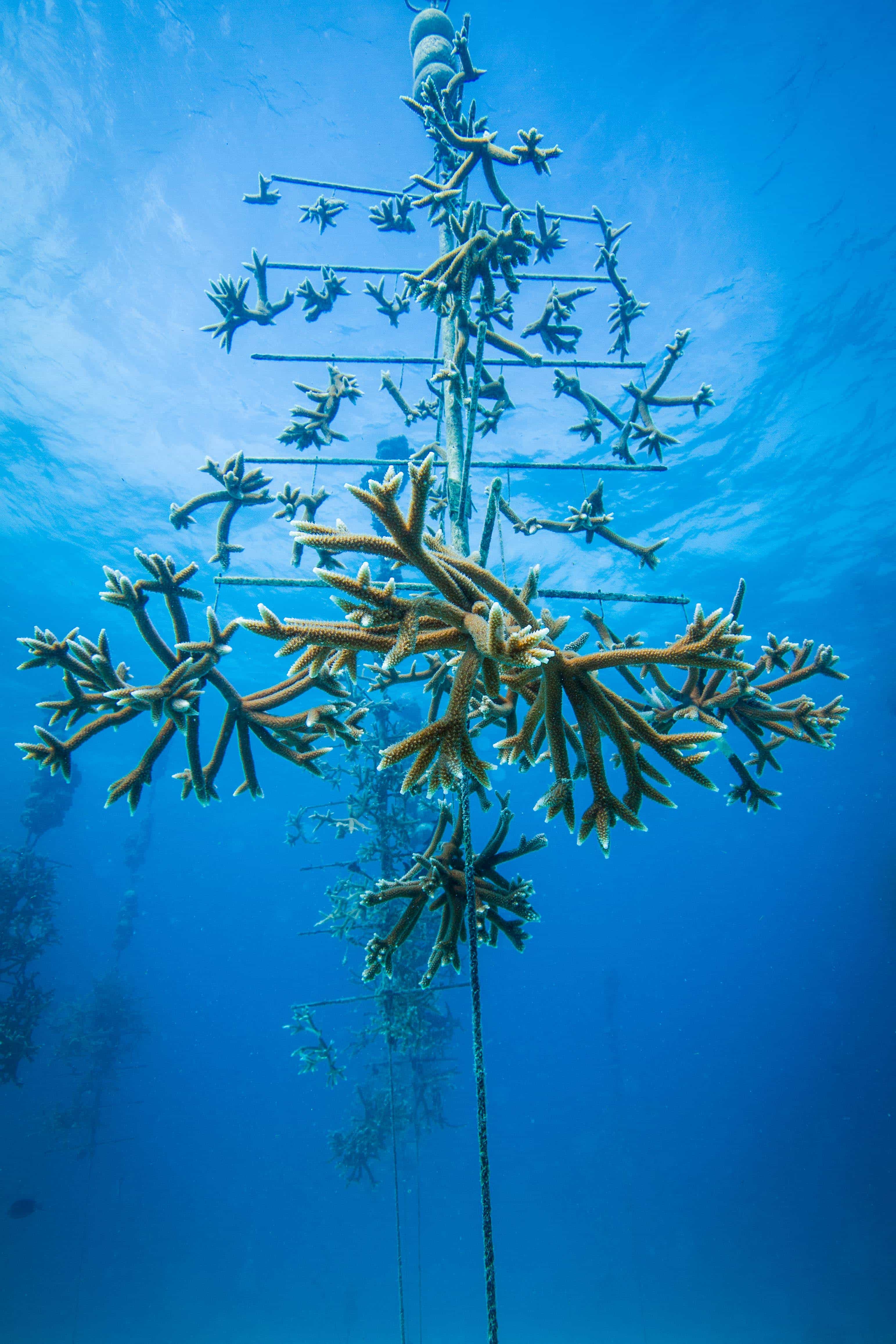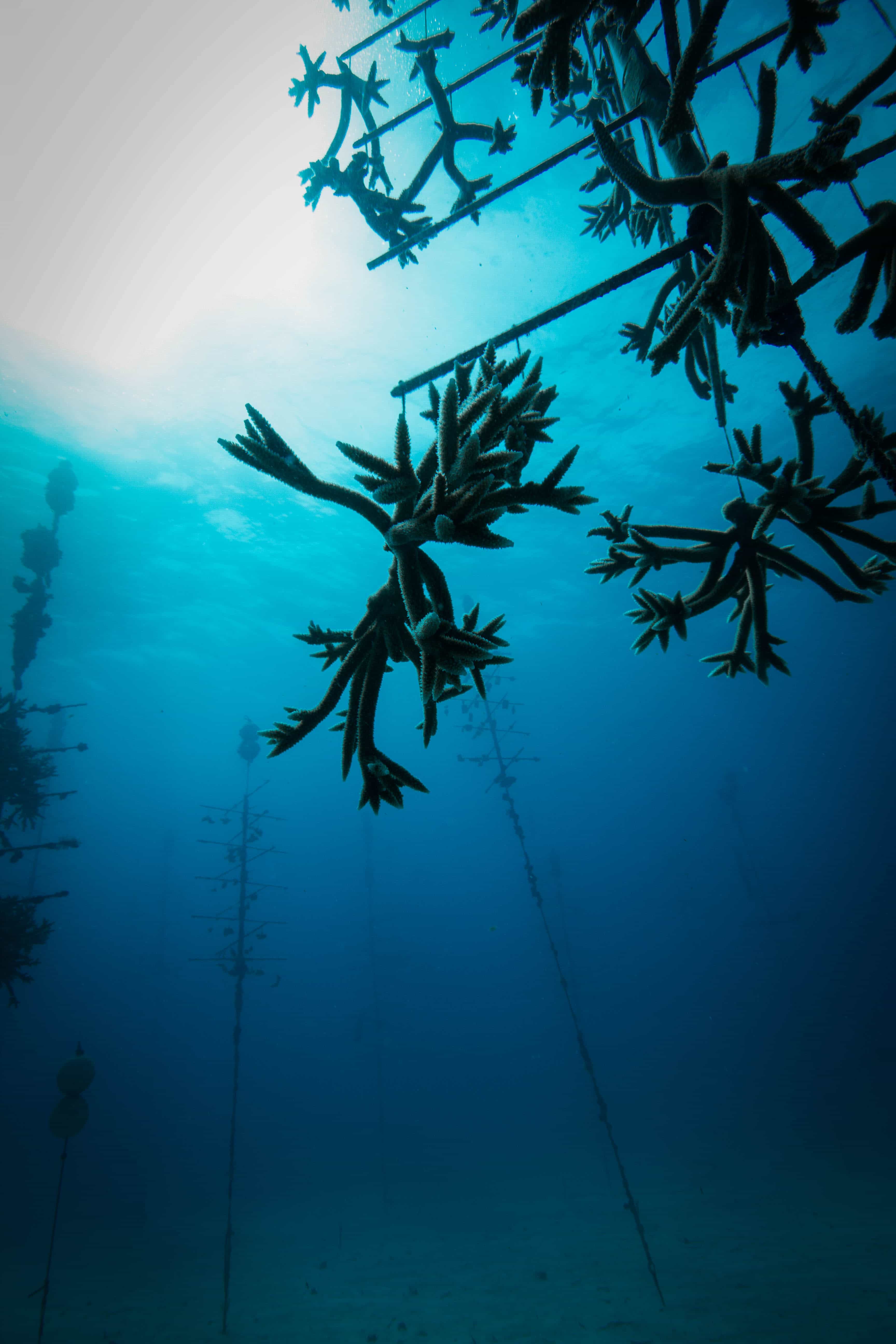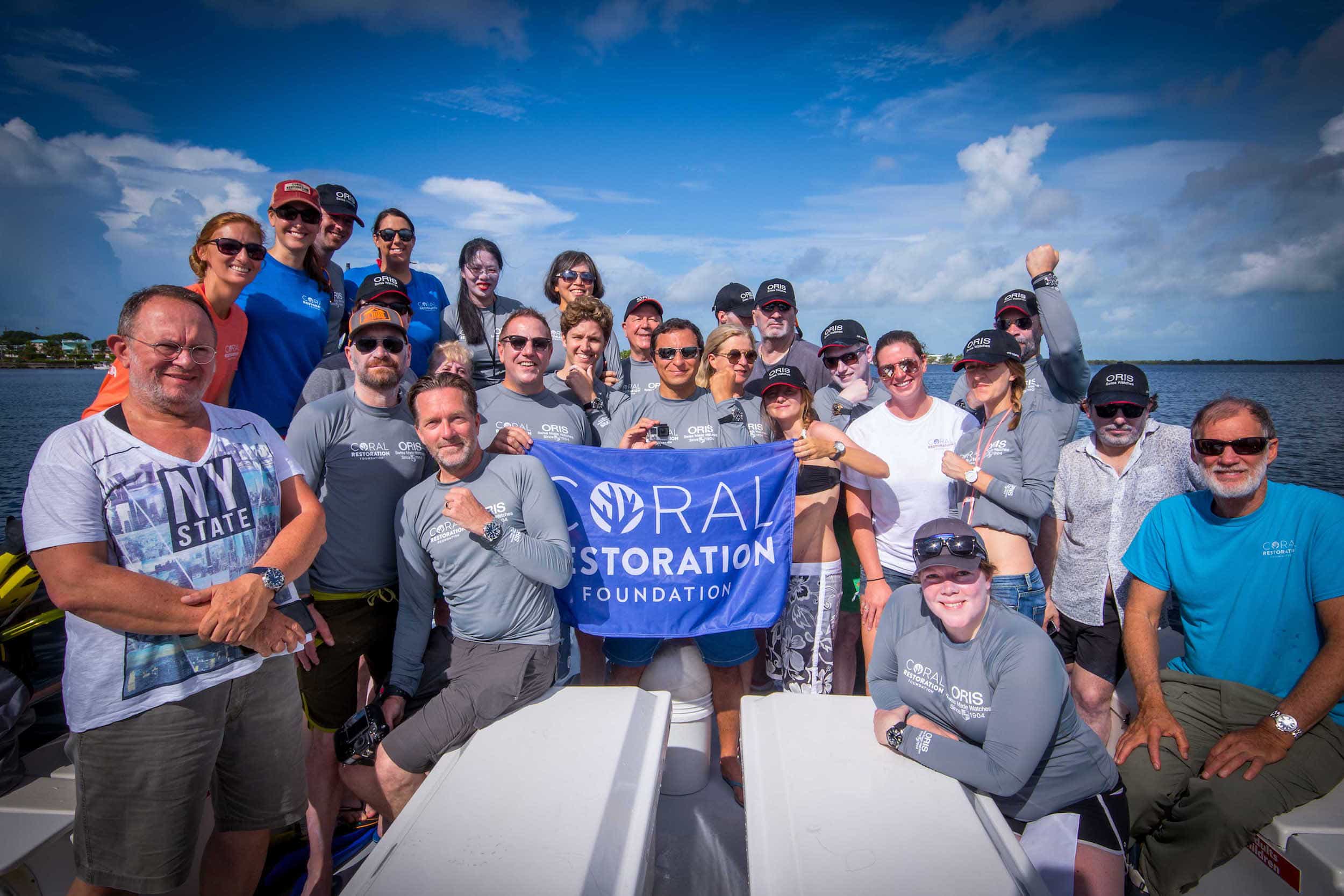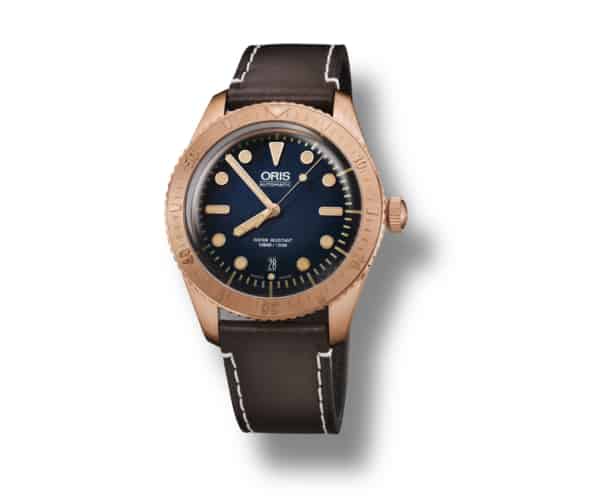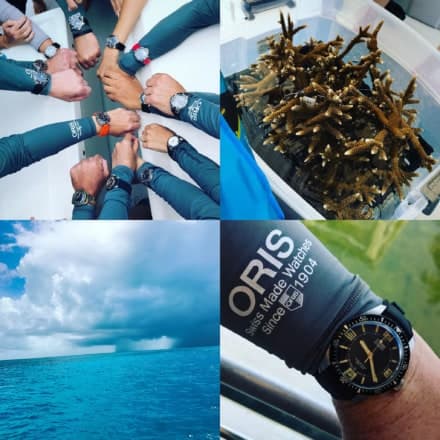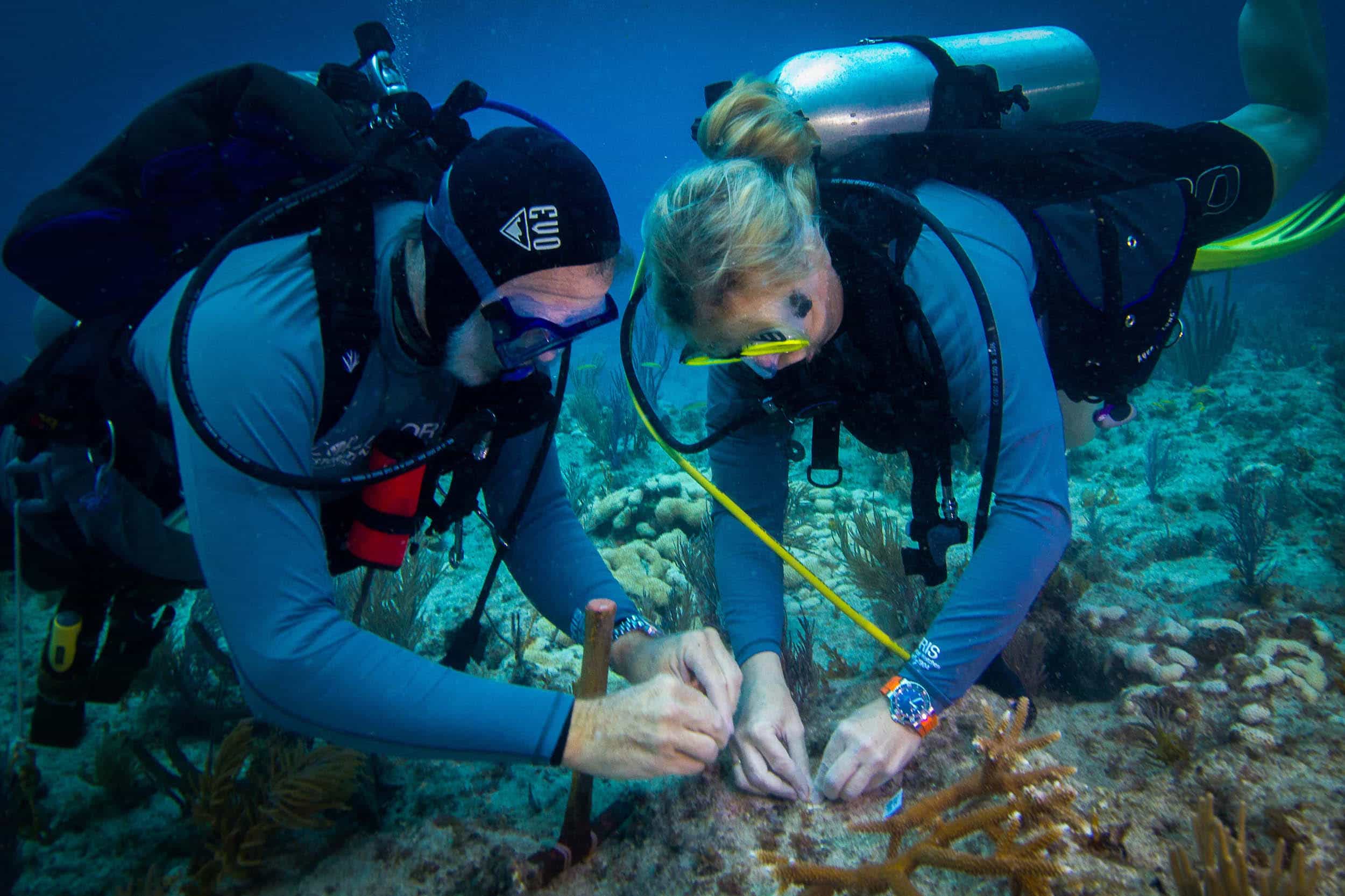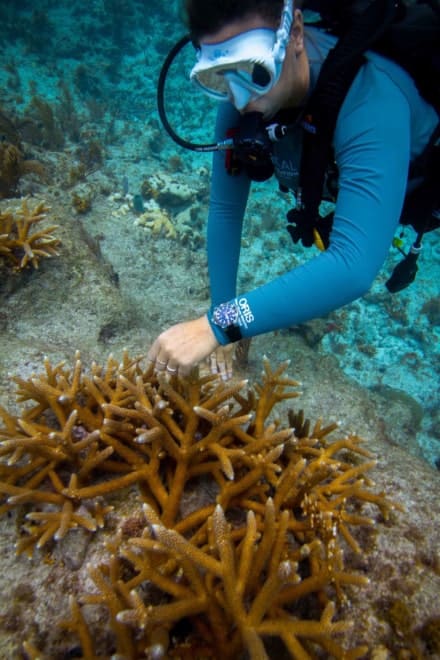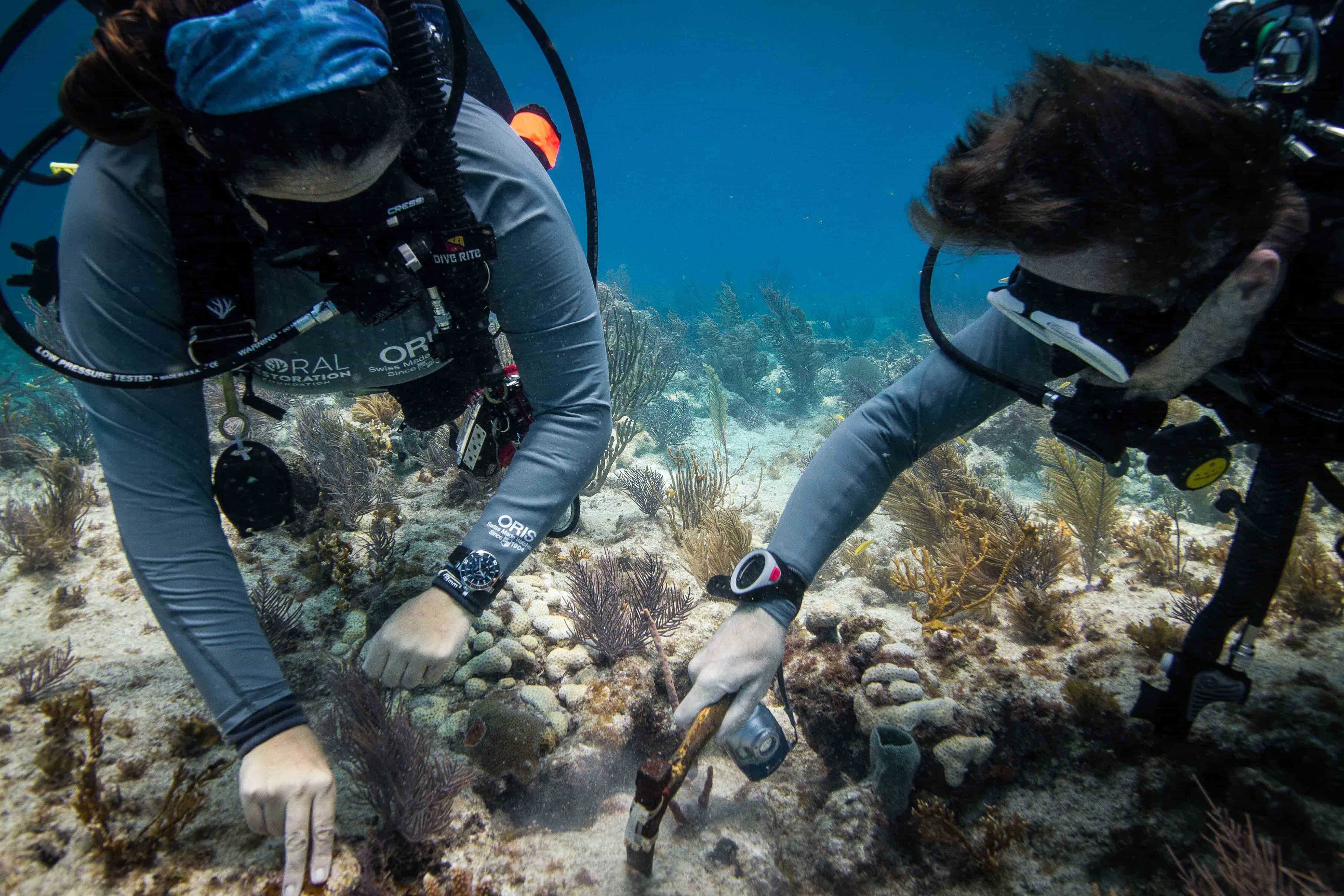The watch industry is a fascinating one, and most of the time it exists within a vacuum. But when the industry stands up and makes a real difference in the world at large, that’s when things become truly special. A recent press trip I was lucky enough to be part of with Oris in Key Largo, Florida was absolutely one of those times. This event was more than just a showcase for their new limited edition Aquis. This was a chance for Oris, their partners, and press to make a vital difference in the world by restoring and bringing attention to one of the Keys’ rapidly vanishing coral reefs.
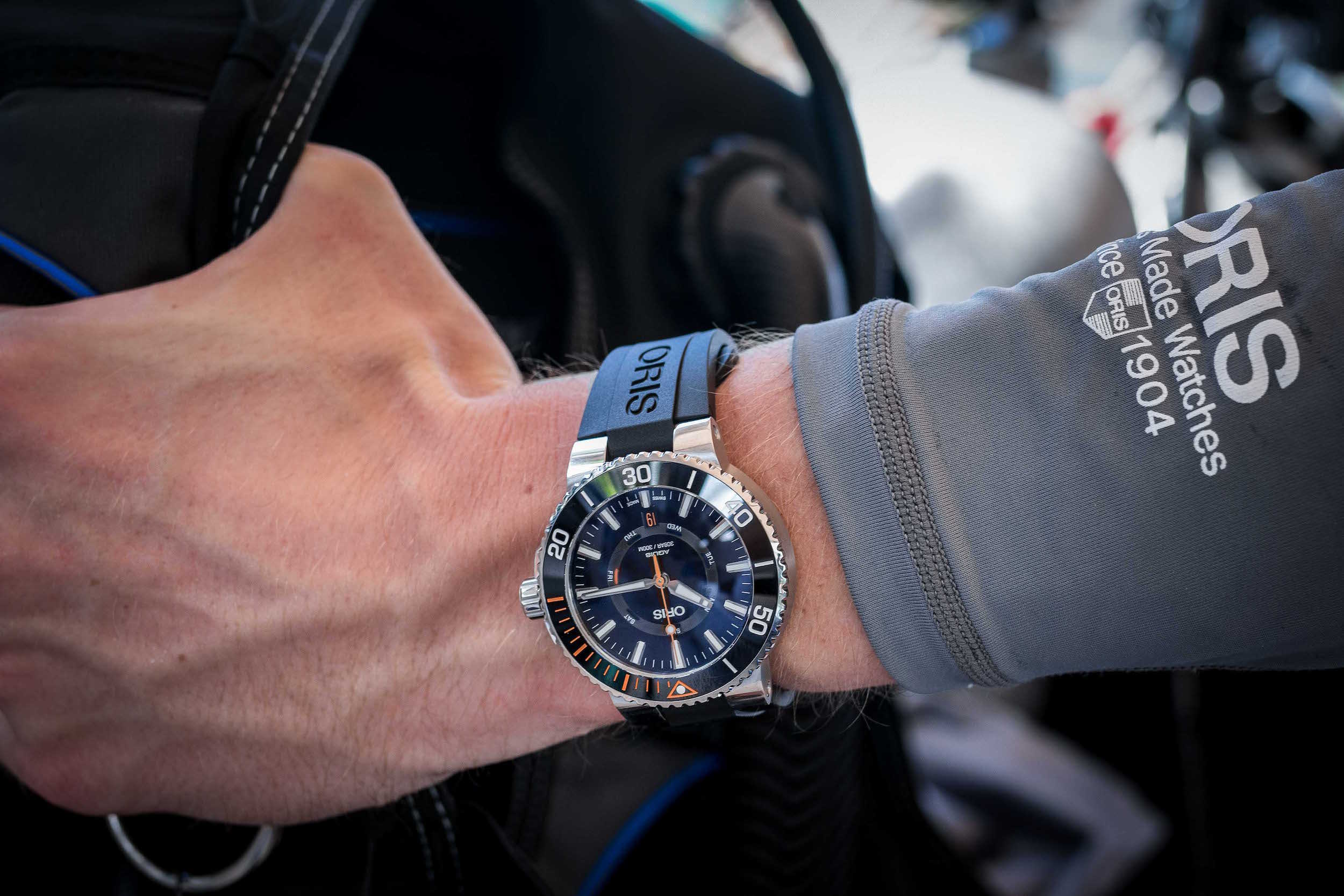
Coral reefs are the rainforests of the sea. These unique and beautiful ecosystems form the richest, most diverse habitats on the planet, covering only 0.1 percent of the world’s surface while containing 25 percent or more of all marine species. 4,000 species of fish, 700 different types of coral and countless thousands of mollusks, echinoderms, cnidarians, tunicates and other marine life depend on these shallow havens. But worldwide these uniquely beautiful underwater gardens are dying.









 Featured Videos
Featured Videos






